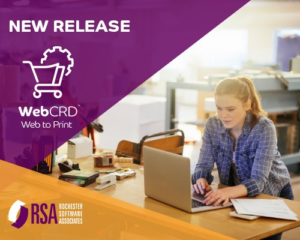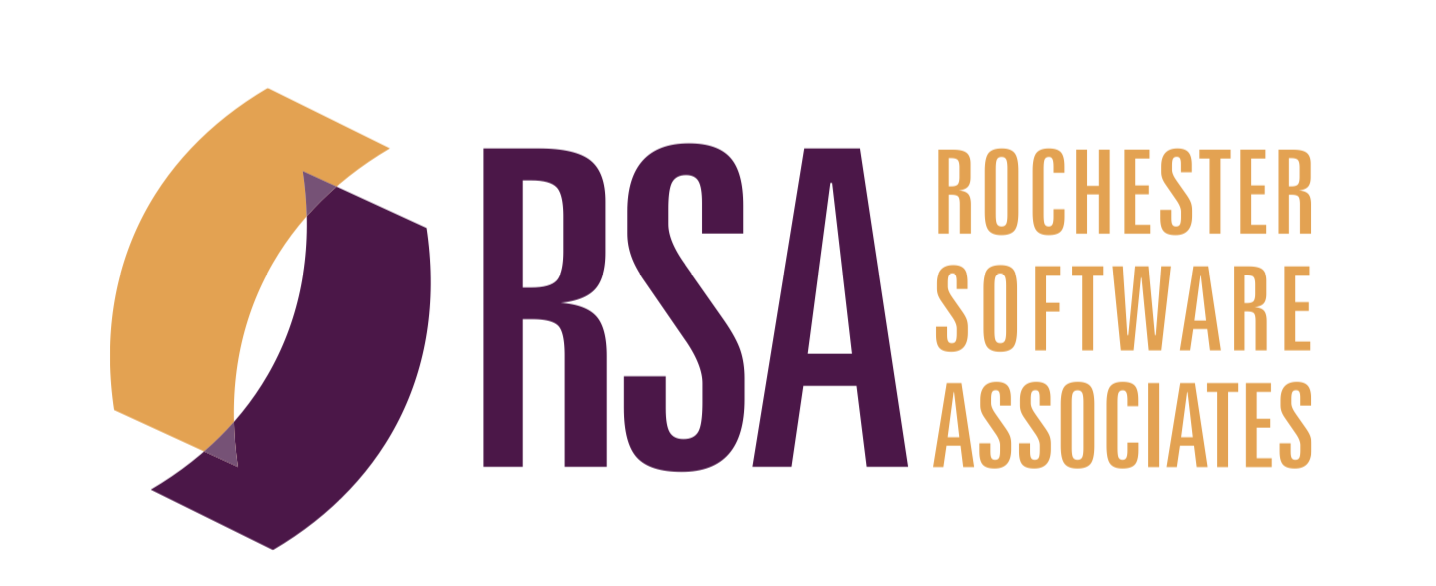In a recent Printing Impressions article, author Lisa Cross discussed how investing in automation increases productivity and leads to greater profitability. What is most interesting is that while hardware and software trends may come and go, the importance of automation remains one of the most enduring trends in the industry because it impacts price and turnaround time. Although not as long-lasting, a significant trend that also continues in the industry is collaboration. However, the problem is that automation and collaboration are often viewed as diametrically opposed because collaboration increases human touches, but automation is designed to eliminate touches. The question we will try to answer is this, “When designing workflows, are these two trends competing or cooperating,” or “Is it automation vs. collaboration or automation with collaboration?”. Automation is often defined as reducing or eliminating human intervention and turning over manual processes to hardware or software. When successful, this results in fewer production mistakes and faster turnaround times. Automation is typically associated with prepress, press, and post-press tasks. For example, you can use software to automate preflight, color correcting, and imposition. On press, you can automate plate loading, meeting ink density goals, and achieving registration.
Automation is often defined as reducing or eliminating human intervention and turning over manual processes to hardware or software. When successful, this results in fewer production mistakes and faster turnaround times. Automation is typically associated with prepress, press, and post-press tasks. For example, you can use software to automate preflight, color correcting, and imposition. On press, you can automate plate loading, meeting ink density goals, and achieving registration.
In post-press, you can automate several steps including, folding, stapling, cutting, and inserting covers. Depending on the specific type of automation, it is not uncommon to save hours or even days and reduce cost by 15-30%. The reduction and time and cost for the customers is the value of automation.
Click Here to Read the Rest
SOURCE Rochester Software Associates
RSA Launches Collaboration Feature Inside WebCRD with New Software Release

